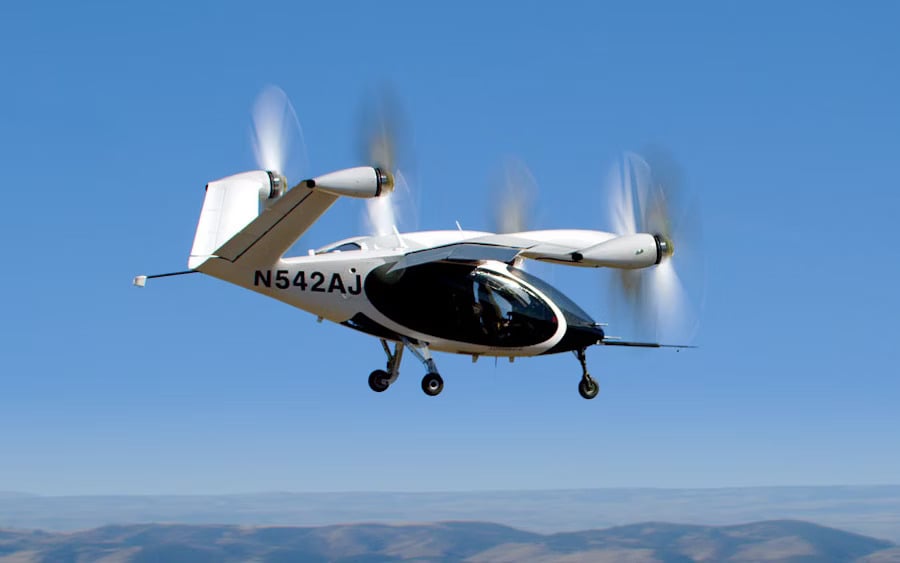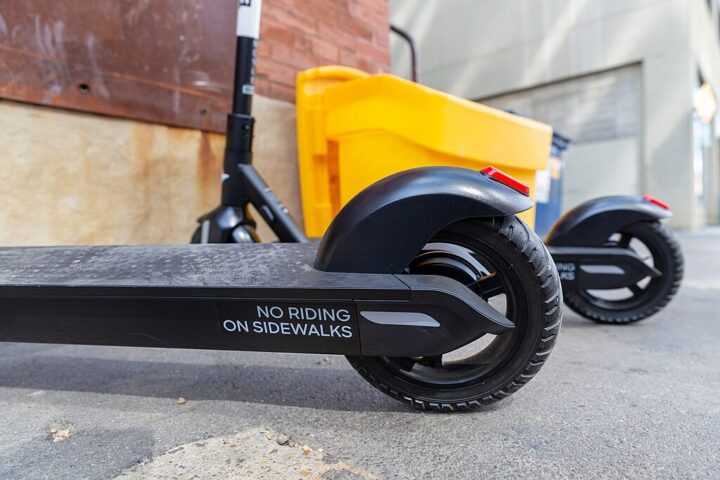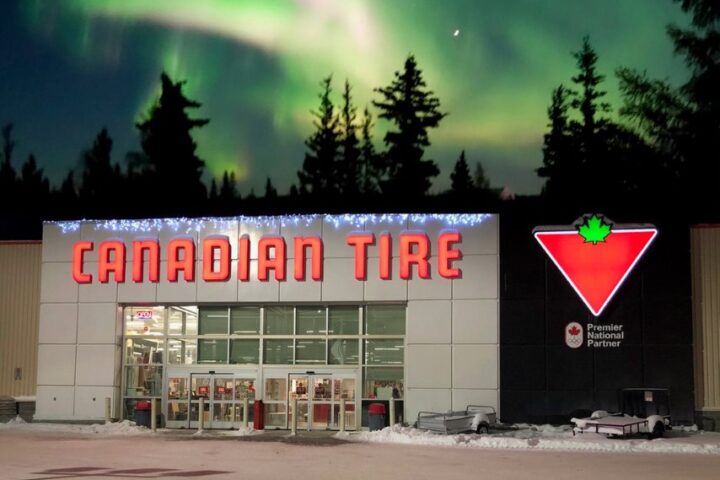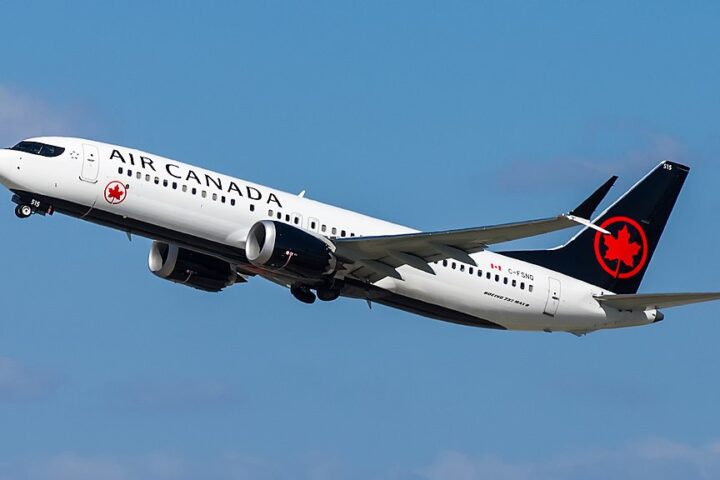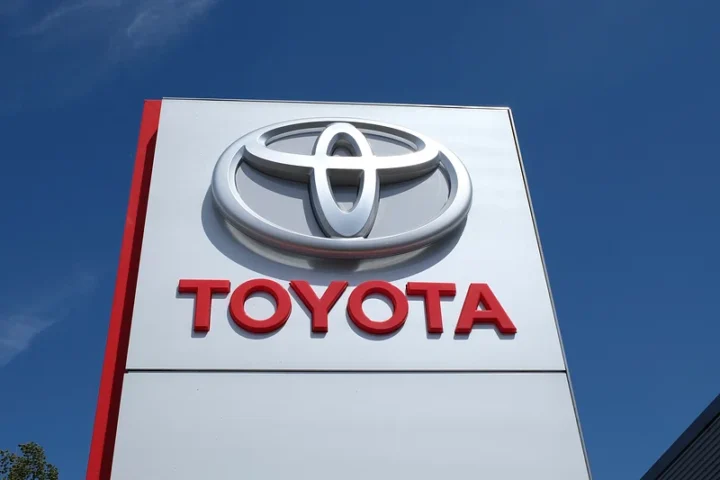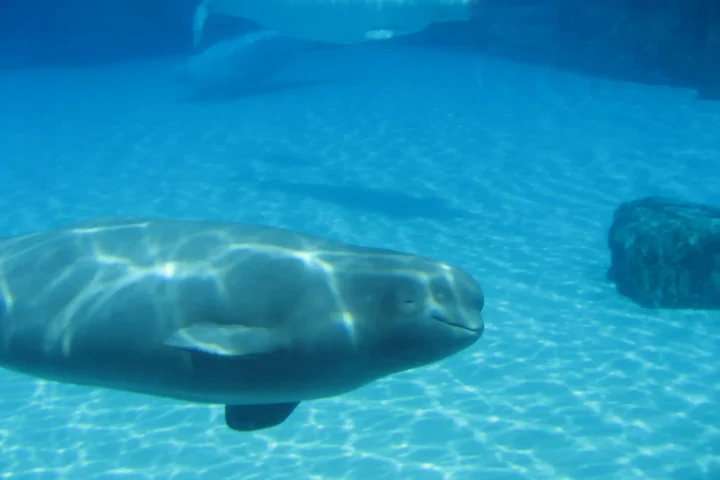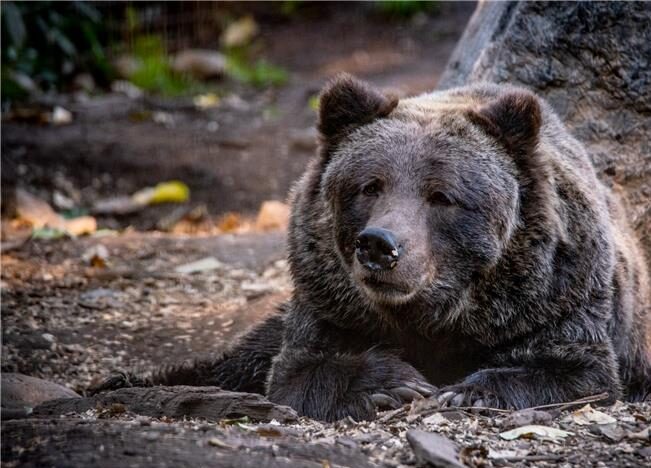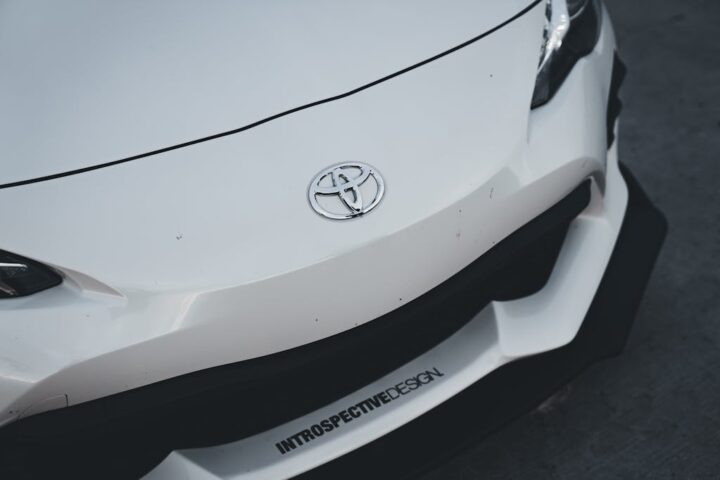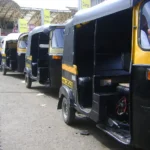Metro Vancouver commuters will pay more for their daily bus and train rides starting July 1, 2025. TransLink approved a four percent fare increase across all transit services, marking the biggest price jump since before COVID-19 hit the region.
The changes affect everyone who uses public transit in the area. A single-zone cash fare jumps from $3.20 to $3.35, adding 15 cents to each trip. People traveling two zones will pay $4.85 instead of $4.65, while three-zone travelers face the biggest hit at $6.60, up from $6.35.
These increases add up for regular commuters. Someone using a three-zone monthly pass will now pay $201.55, compared to $193.80 before. That’s an extra $7.75 each month, or about $93 more per year.
TransLink serves roughly 420,000 different people every weekday. With 240.9 million trips taken across the system in 2024, this fare increase will affect nearly everyone who relies on public transit in Metro Vancouver.
The price hike comes as TransLink faces serious money problems. The transit authority expects a massive $600 million operational shortfall each year starting in 2026. This deficit stems from several issues hitting the agency at once.
Federal Safe Restart Agreement funding expired on December 31, 2024. At the same time, fuel tax revenue keeps dropping as more people switch to electric cars. TransLink lost $34 million in fuel taxes between 2022 and 2023 alone. Operating costs keep climbing too, with labor, maintenance, and new vehicle expenses all going up.
“There’s no question that it’s going to be a hardship, especially for people that have to do the three-zone fare,” said Denis Agar from Movement: Metro Vancouver Transit Riders. He points out that someone commuting three zones now pays over $200 monthly, which creates financial strain for low-income riders.
Similar Posts
The fare increase will only generate about $20 million in new revenue. That’s a small fraction of the $600 million gap TransLink needs to fill. Critics argue riders are paying more while getting the same service levels.
TransLink CEO Kevin Quinn defends the increases as necessary. “As Metro Vancouver continues to grow, more people are turning to transit instead of driving which is a reflection of our system’s reliability,” Quinn stated. “Our 2025 Investment Plan is key to keeping this momentum going and meeting the demand of a growing region.”
Transit ridership actually grew three percent in 2024, with 7.7 million more trips taken compared to 2023. Areas south of the Fraser River, including Surrey and Langley, saw the biggest growth at over 11 percent. This growth brings overcrowding challenges, with busy routes reaching capacity during peak hours.
The federal government recently pledged $1.5 billion over ten years for Metro Vancouver transit starting in 2026. However, this funding primarily targets capital projects like new trains and infrastructure, not daily operating expenses where TransLink faces its biggest financial challenges.

Without major changes to how transit gets funded, riders face more increases ahead. TransLink already announced a five percent hike for 2026, followed by two percent annual increases after that.
For families depending on public transit, these costs keep growing while wages remain relatively stable and housing prices continue rising in the region.


